Blog
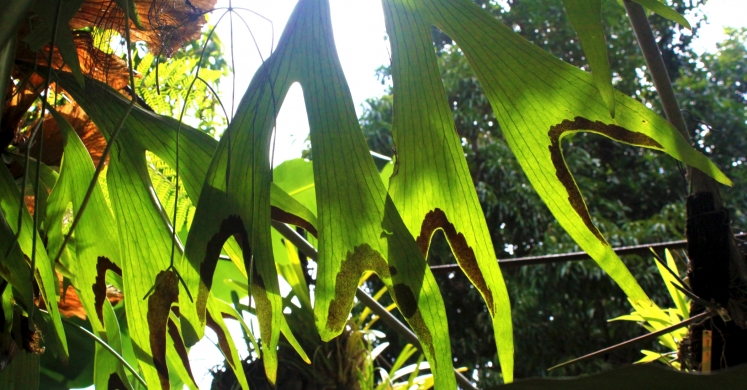
Santiago de Cuba
As part of the three-year planning and design process behind our upcoming Tropical Forest exhibit, Dr. Emily Kalnicky and Jordyn Melino are traveling to Cuba to study first-hand the region’s biodiversity hotspots, natural resources and culture. Follow their adventures!
We got an early start at 2:30 a.m. today in order to catch our 6 a.m. flight from Havana to Santiago de Cuba. We met our new guide, Asiel, in the lobby and headed to the airport. In the airport, we entered the “Last Waiting Room” or “Ultima sala de espera” (what we would call the gate), which sounded rather ominous, but were pleased with the ease of moving through security. The small Cubana flight took about one and a half hours.
We dropped off our bags and went on a walking tour. Originally colonized by the Spanish in the 16th and 17th centuries and founded in 1514 by Diego Velazquez, of Santiago de Cuba (also known as the “Heroes City”) served as Cuba’s capital until Havana took that position in 1607. The city itself had a more frenetic feel than Havana, with more pollution from all of the cars and motorcycles, and drivers that were in a hurry to get from place to place.
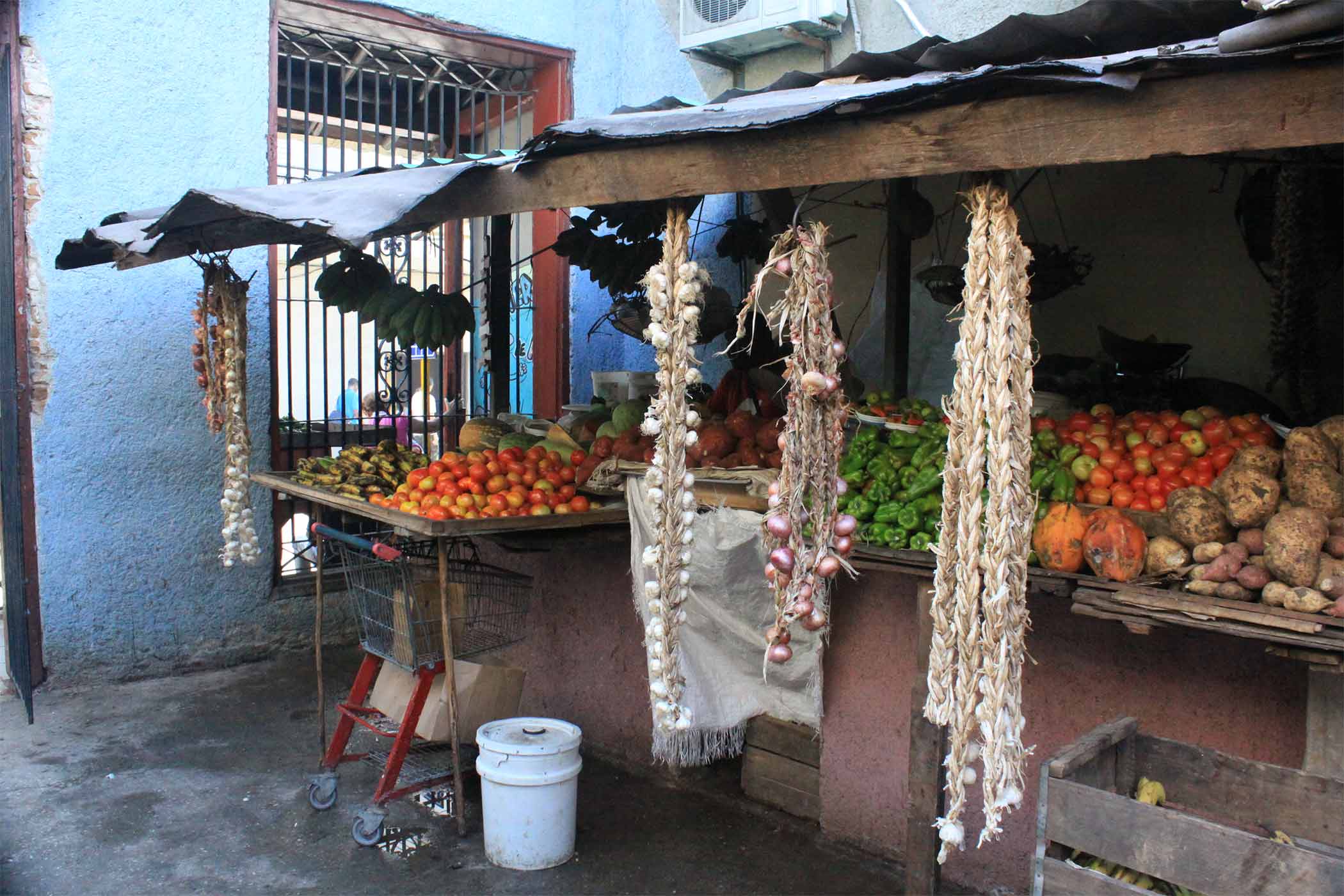
We visited a local market as well as a Cuban market and an international market, each with different products and prices. The international market contained televisions, desks, end tables and things that our guide indicated would be out of reach of the typical Cuban. The Cuban market had a variety of products that were still more expensive than products Cubans would get with their rations, but according to our guide, were not as high quality, as international products; and the local market was similar to our open-air farmers’ markets or stands. The produce smelled and looked beautiful, but our guide noted that the quality varied.
Santiago de Cuba has a mix of Afro-Caribbean culture due to its location on the eastern edge of Cuba, closer to the Dominican Republic and Haiti than to Havana. For this reason, a mix of Cuban music including salsa, son and many other genres is heard in this region.
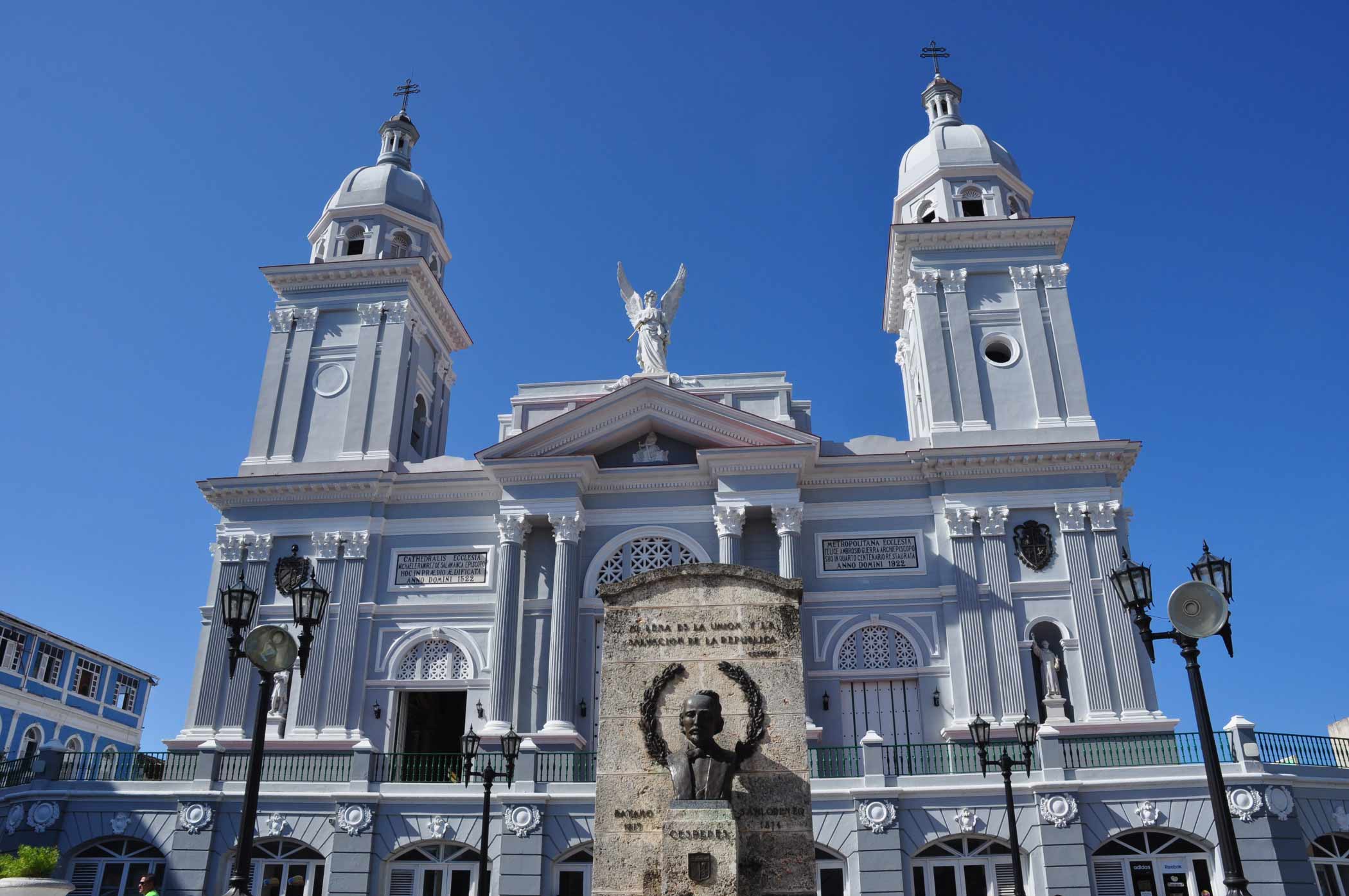
This is also the site of the beginning of the nationalist revolution. We went to the Parque Cespedes, which has a beautiful bronze bust of Carlos Manuel de Cespedes, the person who initiated Cuban independence in 1868. We also saw the government building in which Fidel Castro made his speech to launch the revolution, a beautiful old church called Catedral de Nuestra Senora de la Asuncion, and the Hotel Casa Grande, all beautiful representations of the original architecture of this city.
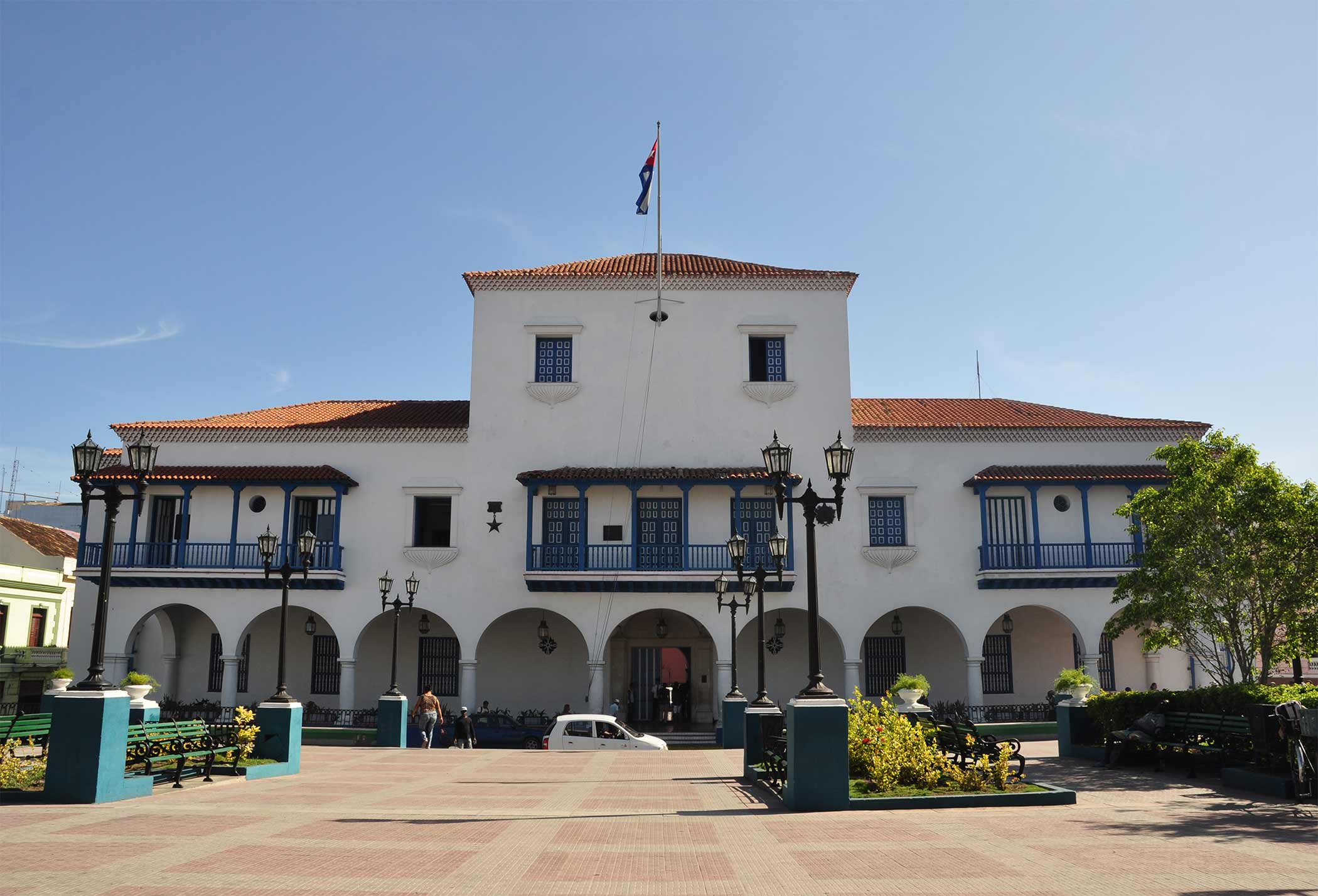
We visited the Santiago Tomas Romay Natural History Museum, which houses BIOECO, founded in 1993 as a branch of the Ministry of Science, Technology, and the Environment. Here we met the director and a number of scientists and learned about their efforts to rebuild the collection at the museum after Hurricane Sandy in 2012. This research center has global partnerships, including several publications completed with the Field Museum in Chicago.
We enjoyed lunch at La Canasta (“the basket”), where the owner is a former player and coach of the basketball team that played the Dream Team in 1992 in Portland.
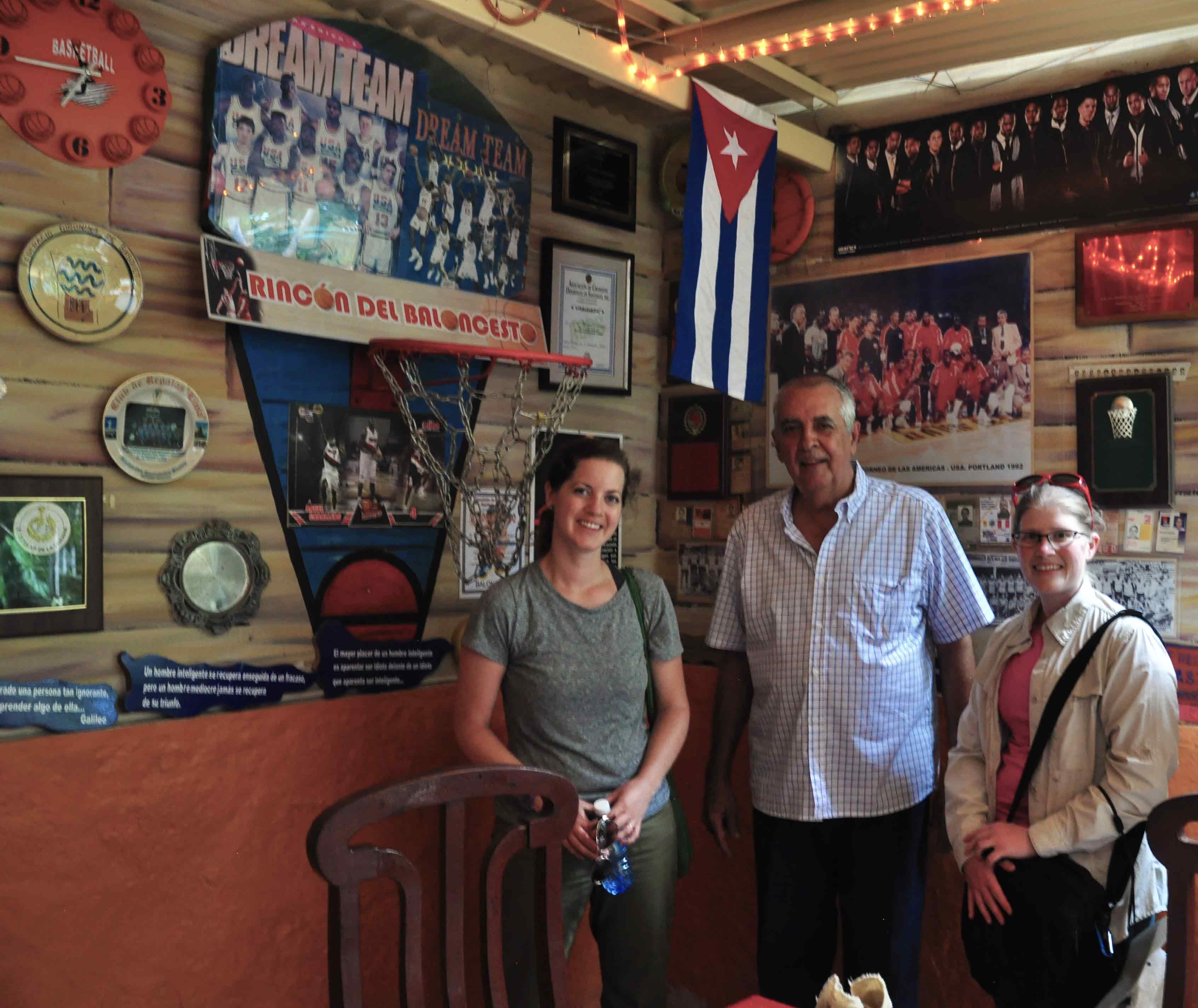
Lunch included fried taro balls, fish, beans, fresh sapote juice, plantains and mango or sweetened coconut.
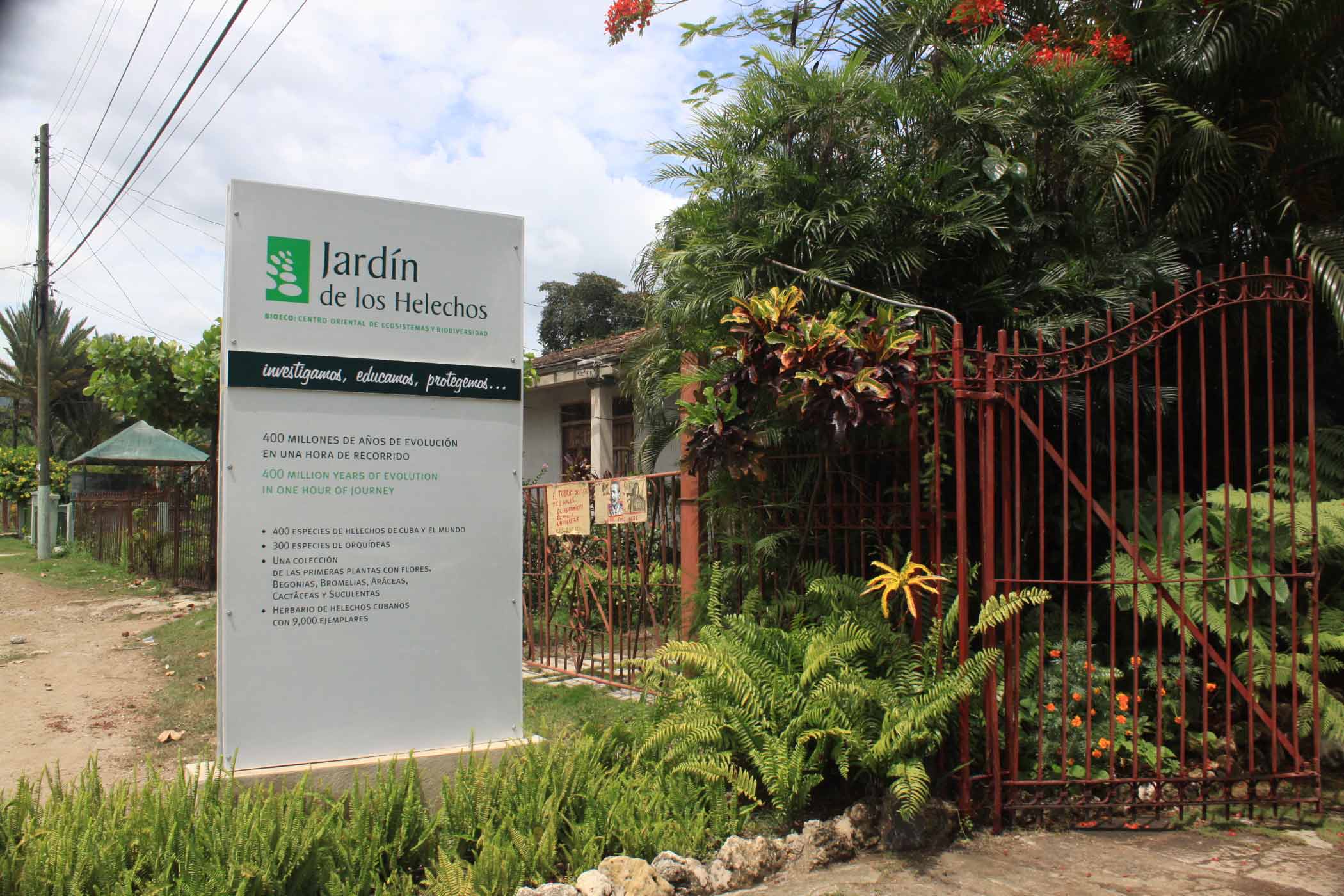
After lunch we went to el Jardin de Los Helechos (“fern garden”), which is an ecosystem and biodiversity center that is part of BIOECO. The director, Manuel, is an artist and a fern expert who oversees the programs. He has over 40 years of experience and works with six gardeners and four researchers on site. Walking around, Manuel humbly pointed out a fern species named after his surname, Caluff; he has a total of three ferns and one orchid named for him. Tectaria caluffii was recently discovered and is endemic to Baracoa, and he identified and described the new species.
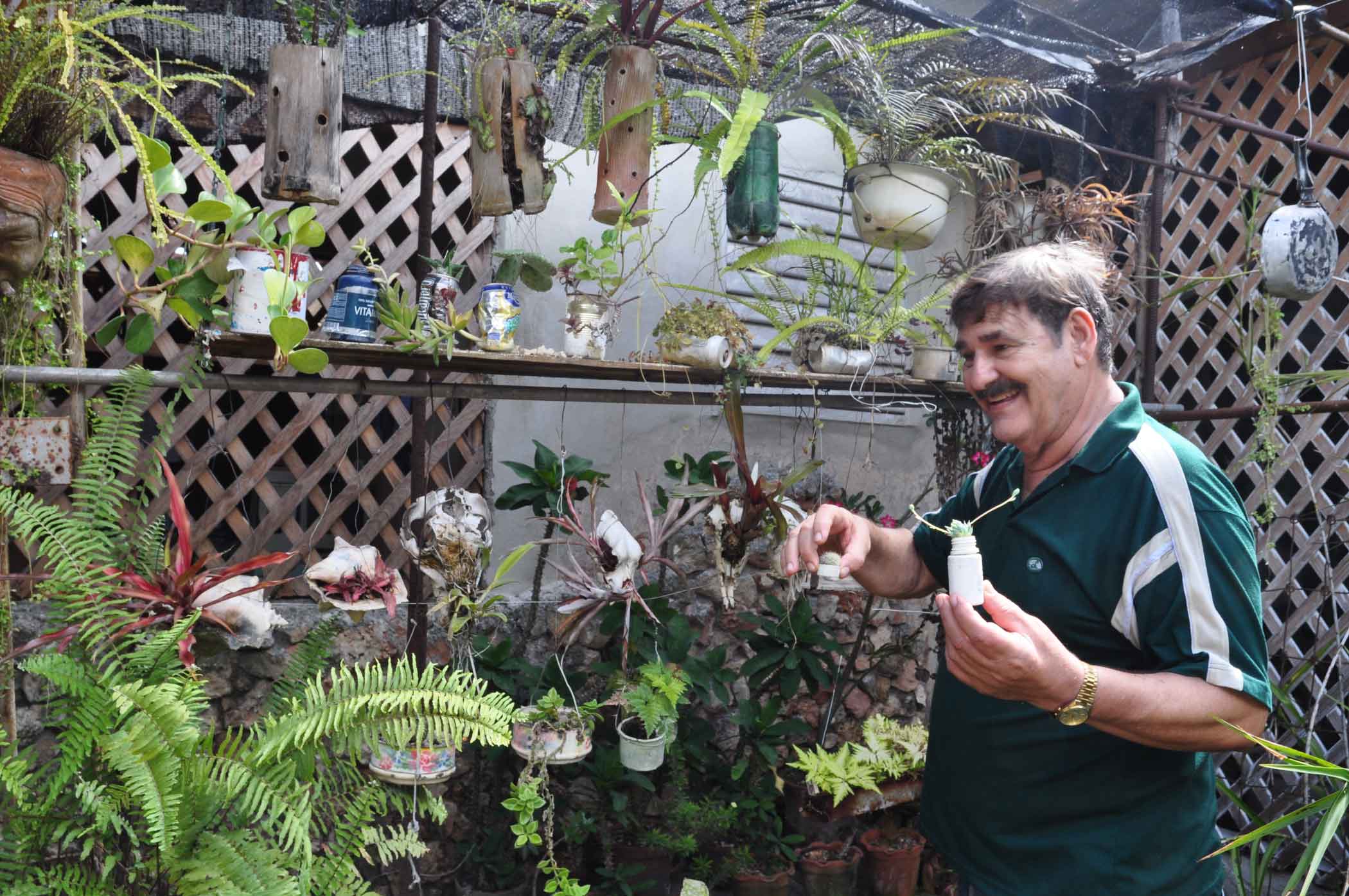
The garden, at which staff use entirely organic methods on site, is home to over 400 species of ferns found in Cuba and around the world. The entire garden was verdant with ferns on the ground, overhead and on rock walls, and it smelled fresh and mossy with a high level of humidity in the air. Here we saw hundreds of plant species, including Thelypteris serrata (an endangered species), Equisetum giganteum, Salvinia auriculata, Bletea antiama, Adiantum sericeum, Anthurium coliforium, Osmunda regalis (also native to the Everglades), Diplazium flaveseens (discovered by Manuel), and many others. We also saw a small Microcycas calocoma, the monotypic species of cycad we spotted in the wild in Soroa.
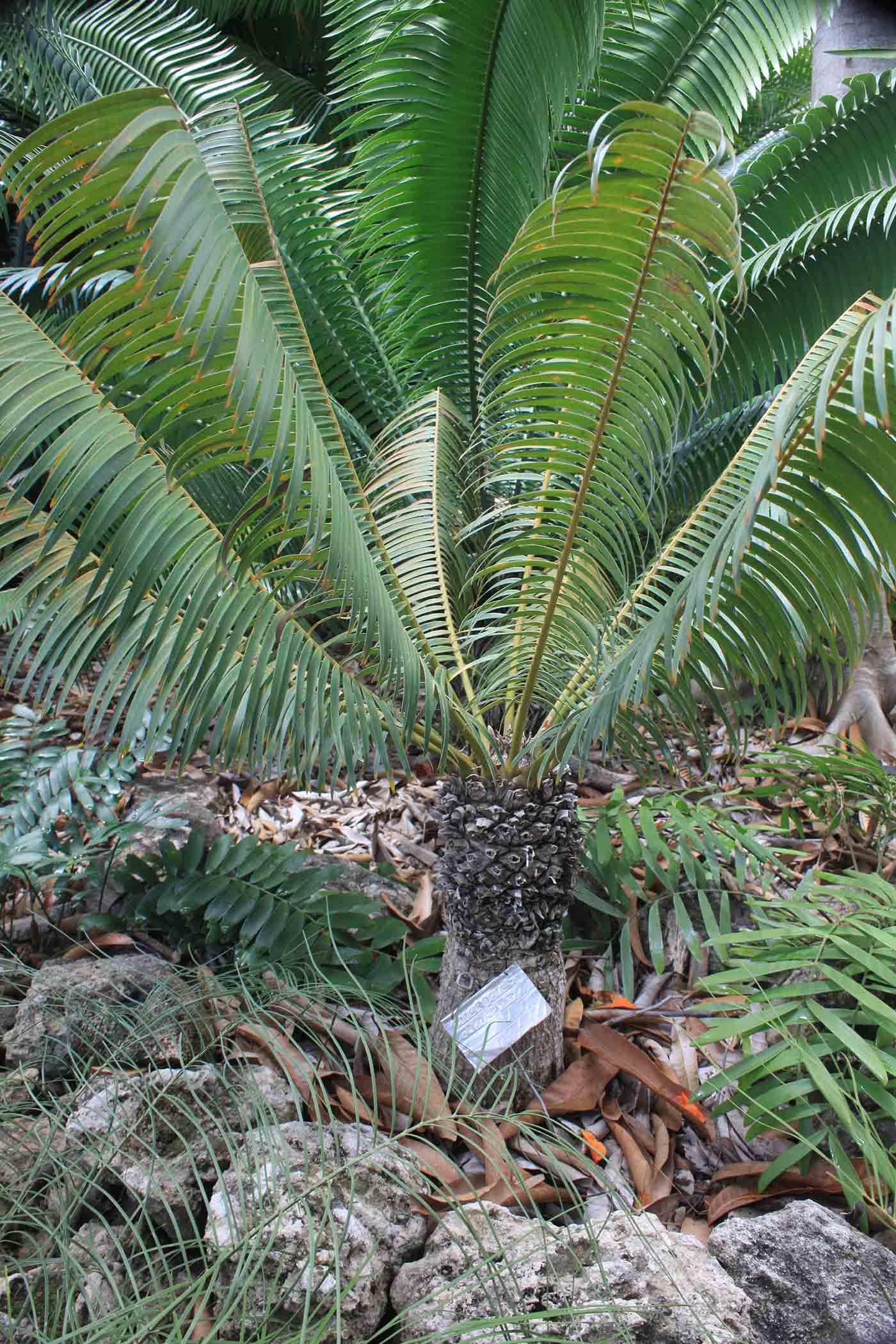
The plant at the garden was about 39 years old and barely three feet tall, so the large, impressive ones we saw growing wild must have been hundreds of years old. One of the most striking plants was Nephrolepsis falcata var. duffi, whose unusually small leaves caught our eye. One interesting part of the exhibit was an area showcasing the ingenuity of the Cuban people to grow and propagate plants in a variety of materials not generally designed for plants.
We visited Bacanao Biosphere Reserve, where we saw the Criadero de Cocodrilos, which is an area where crocodiles are raised and is home to over 1,800 endemic species of flora and numerous endangered bats and spiders. Dinner was at a local Paladar, the Iris Jazz Club, where fish and shrimp were served with rice, potatoes, and mango juice or guava cake.

